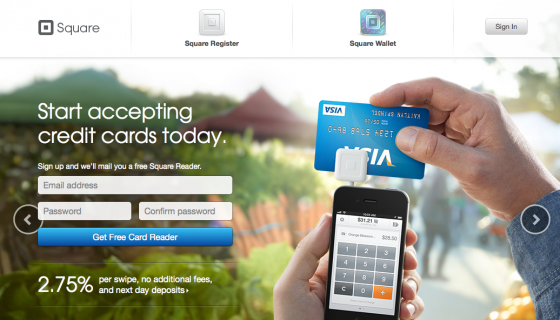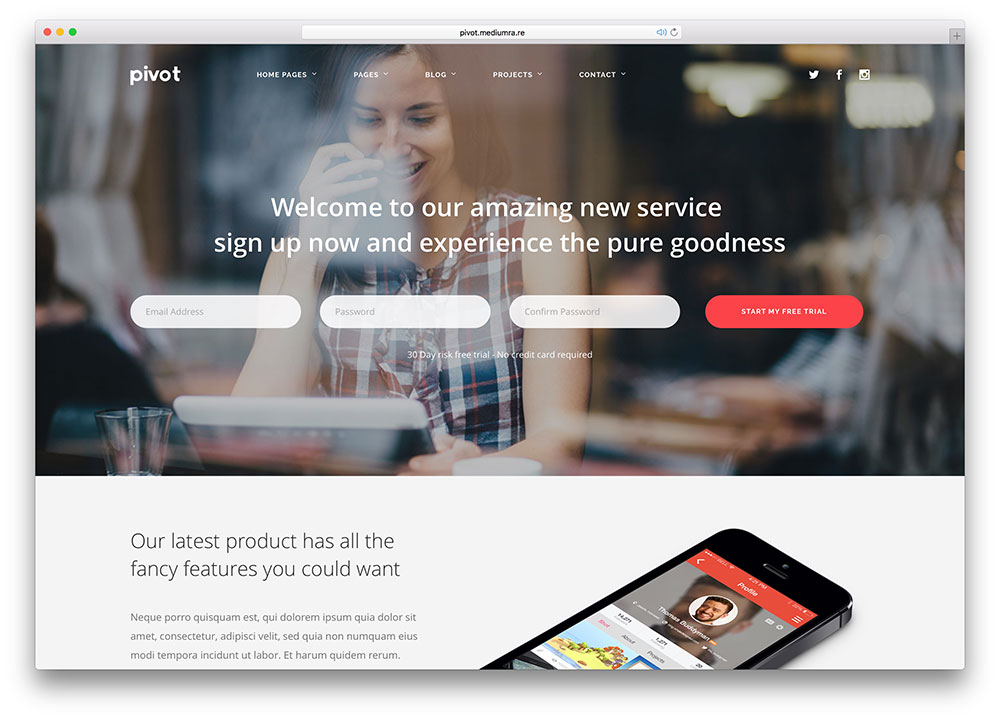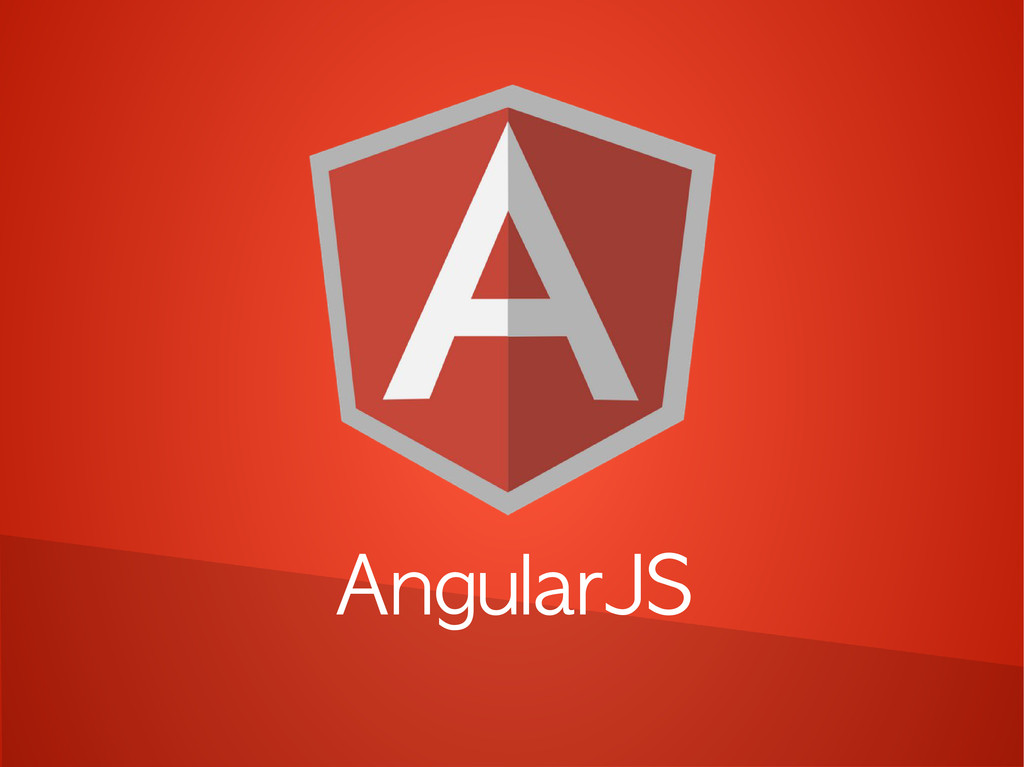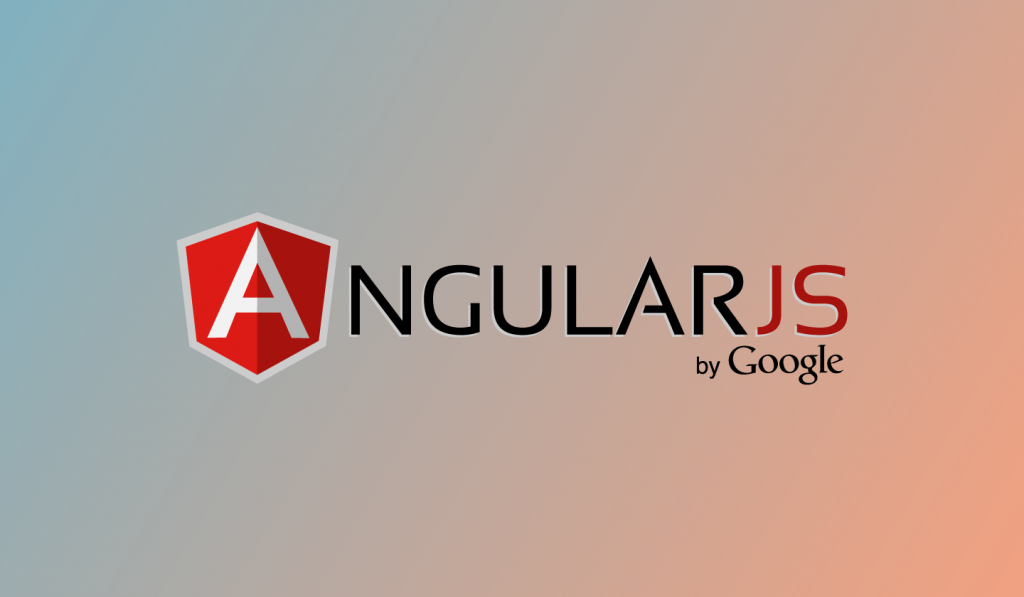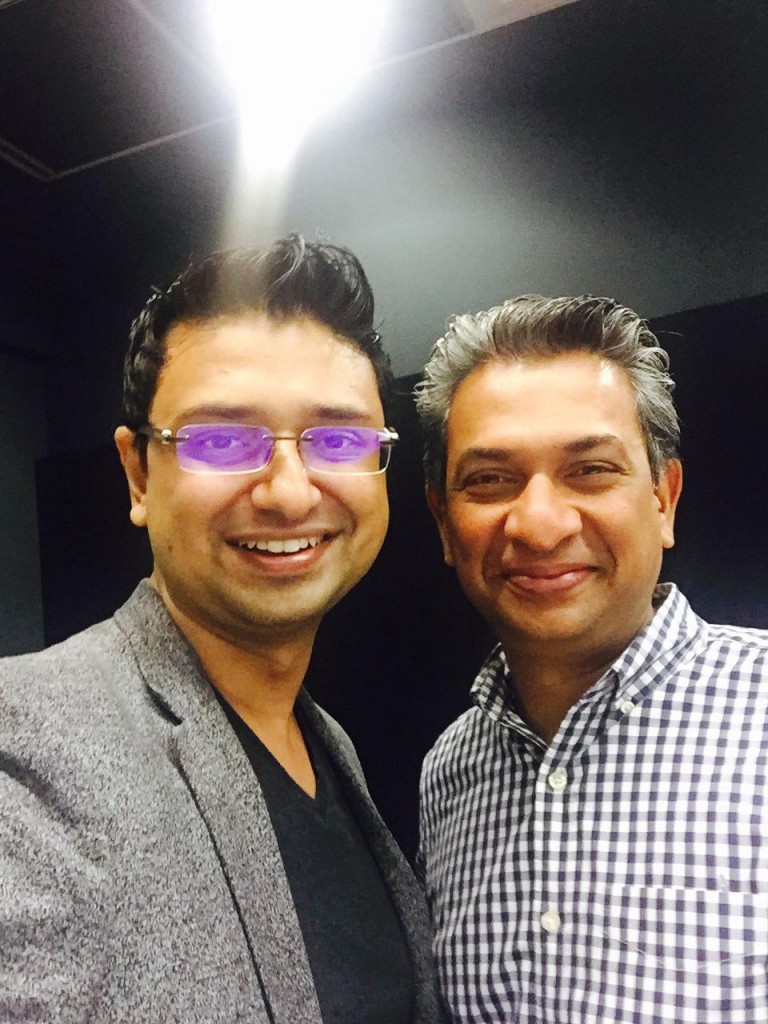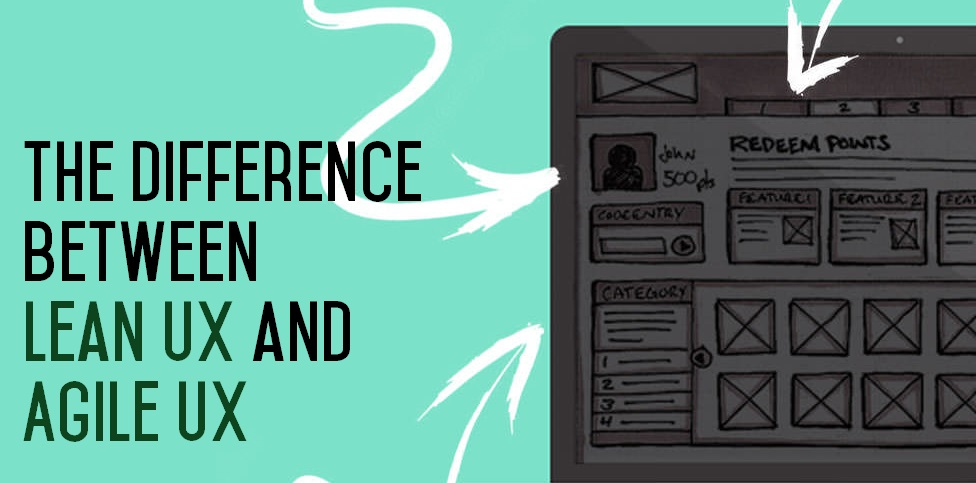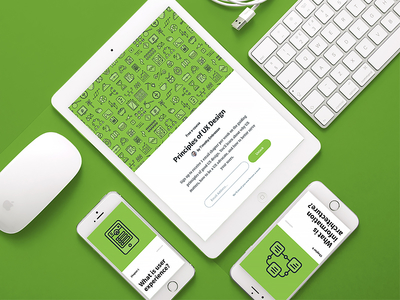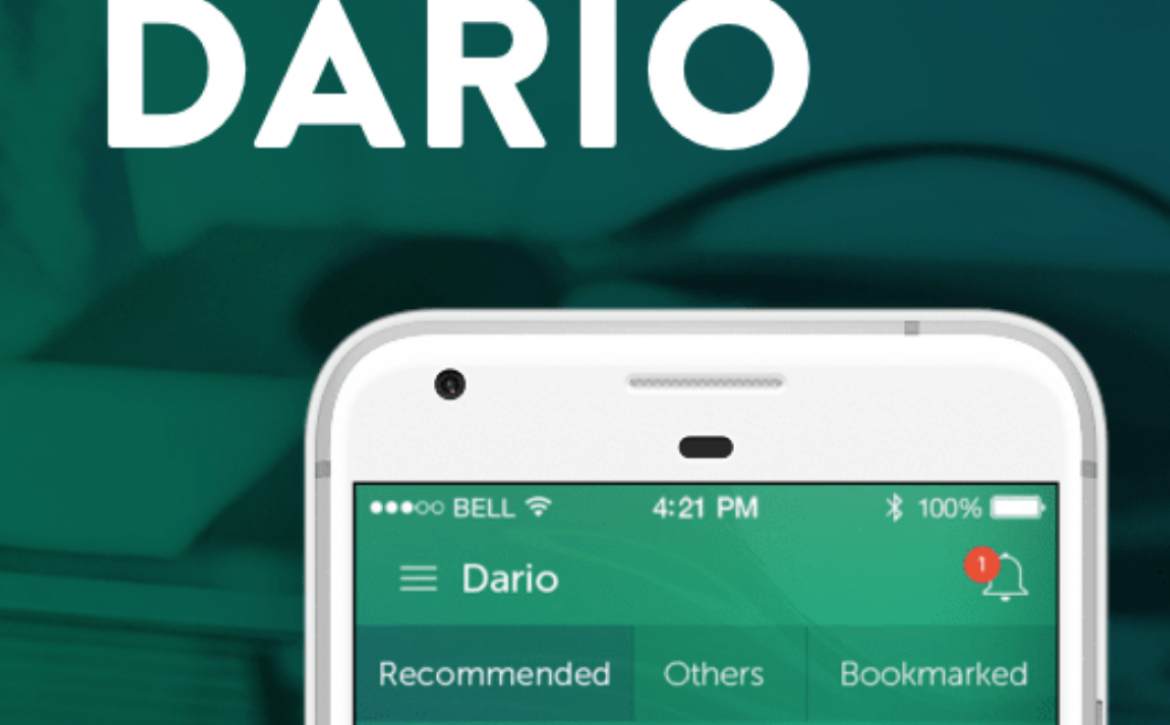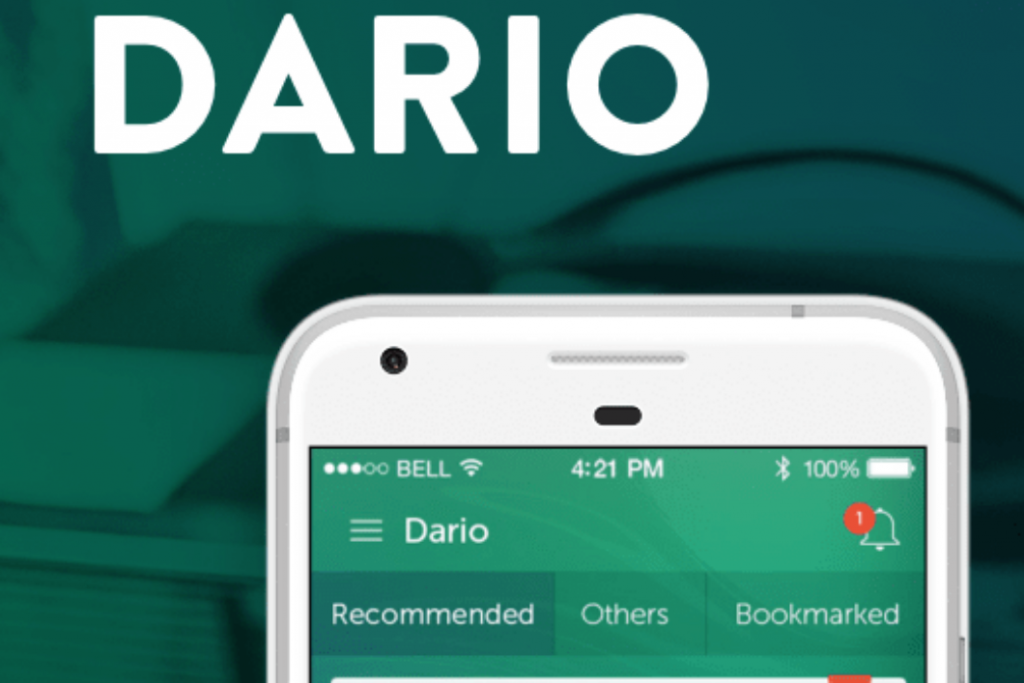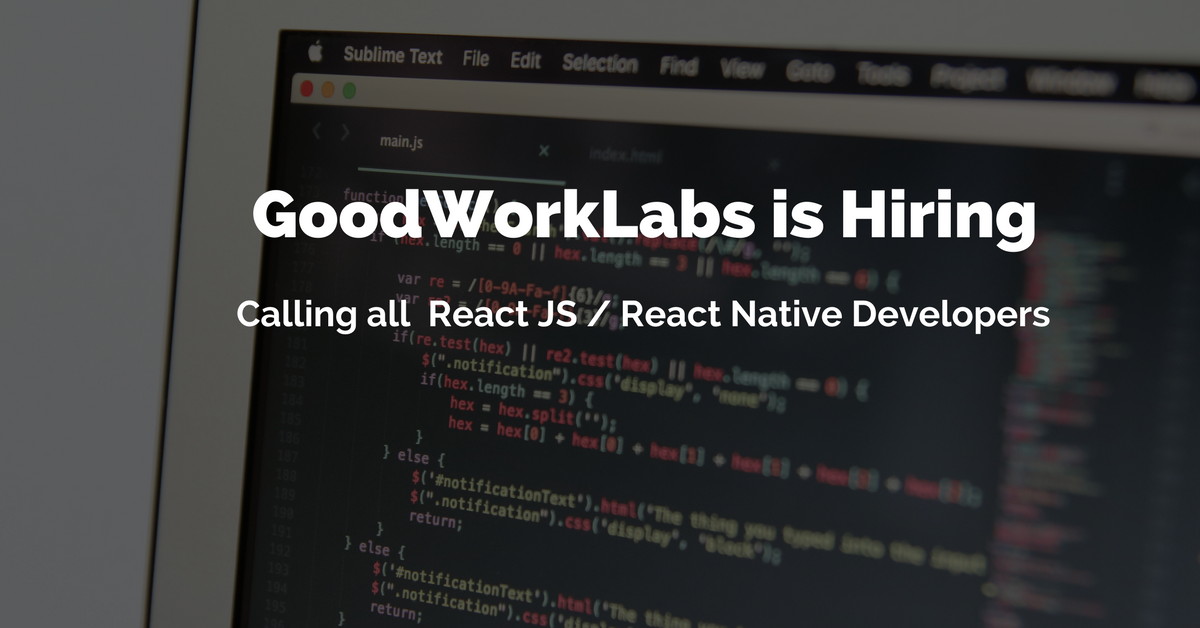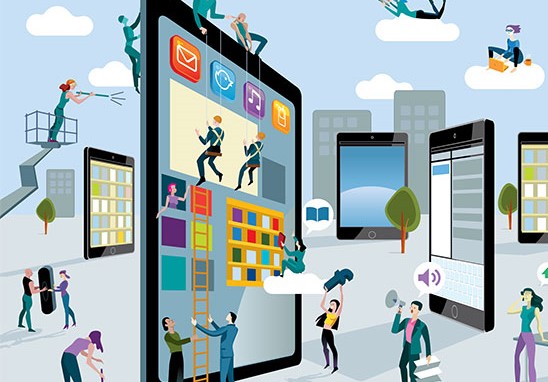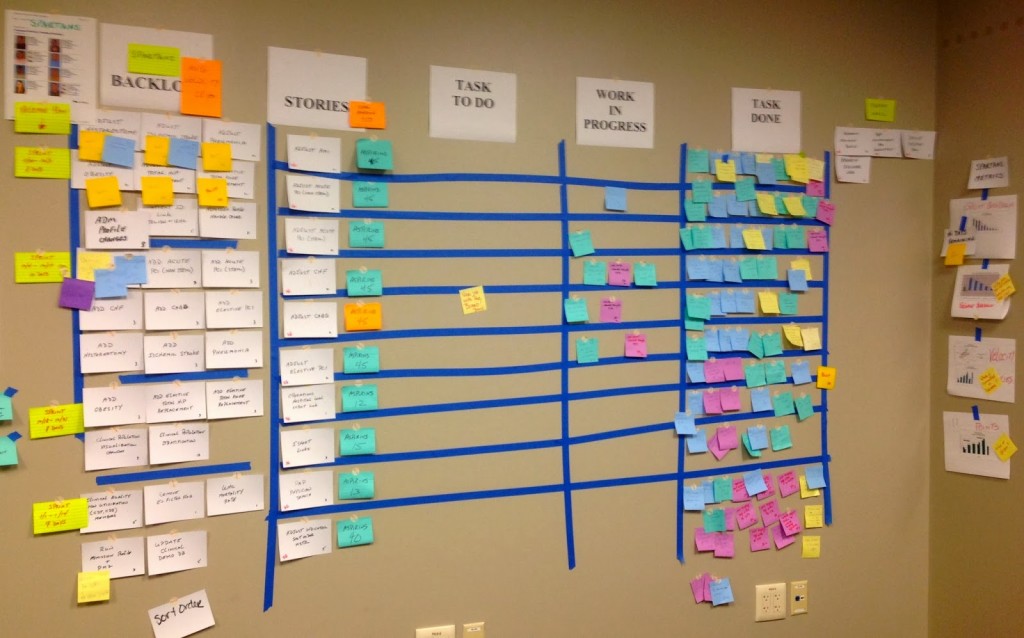4 Benefits Of Staff Augmentation
Why Staff Augmentation?
When you have a large project looming ahead, the last thing you need to do is worry about recruiting and hiring a team to work for you. Choosing staff augmentation services allows you to get the help you need on a scalable, per project basis and makes it easy to focus on the big picture and your business goals. Convenience, affordability, and efficiency are just a few of the reasons businesses of all sizes rely on augmented staffing to get things done; there are some surprising benefits to switching to an augmented staffing model.
The process of augmenting your existing staff with temporary professionals as per need basis is known as Staff Augmentation. The reason why staff augmentation is so common in the IT industry is beacause of the innumerable projects. While many companies do possess the expertise to handle all their demands, some may not have specific knowledge or expertise about a particular area. During such situations, companies are forced to augment their existing staff with new professionals on per project basis.
Sometimes organizations could also be short of resources to complete a given project on time. In such a scenario, hiring permanent staff might accomplish the task at hand, but you will have to end up paying them year round without assigning further tasks with them. There are many reasons why IT companies are looking more and more towards Staff Augmentation.
Here are 5 Major advantage of Staff Augmentation
1. Cost Effective:
Staff augmentation helps IT enterprises to cut costs at various levels. First, as already mentioned, you can pay augmentation workers only for the period of time they work. You don’t have to spend on recruiting, employee benefits, taxes and more. It also helps to reduce the cost of training new professionals as augmentation workers are selected because of their expertise in a particular area and require very little acclimatization training.
2. Increased Adaptability & Flexibility:
The scalability of your organization is greatly benefited by staff augmentation services. You can afford to take up projects of all sizes and never say no to your customers’ requirements. With Staff augmentation, you scale the size of your work force according to the demands. It also helps you to diversify your services and provide great quality solutions with the expertise gained from the temporary staff.
3. Better Control:
Compared to complete outsourcing, Staff Augmentation allows you to control your project at all times and perform regular monitoring. When you have outsourced your project completely, you will not be able to track the progress of your project and quality of your project is also completely dependent on the outsourced team. With staff augmentation, you can place the augmentation staff at any requirement to improve the efficiency of the project. It also helps to reduce the privacy and security risk which is common with normal outsourcing.
4. Counteract Attrition:
In many situations, the need for staff augmentation arises because of an unexpected attrition. Staff Augmentation allows enterprises to not get stagnated in crucial project management and delivery times. Recent statistics show, as the economy grows, up to 40% of IT employees are looking for quick job changes. Staff augmentation could be the perfect solution for both parties as companies could always be adequately staffed all times and professionals could put their skills and expertise to better use in a larger arena.
Choosing staff augmentation services over traditional hiring methods benefits your business in many ways, including:
- Access to experienced professionals ready to hit the ground running
- Cost effective alternative to recruiting, interviewing and hiring a regular employee
- Focus on the skills you need for a particular project — choosing an expert, not a generalist
- Fresh ideas and objectivity from a professional who is not engaged in office politics
- Flexibility when you need it most
And honestly, these are just a few of them.




